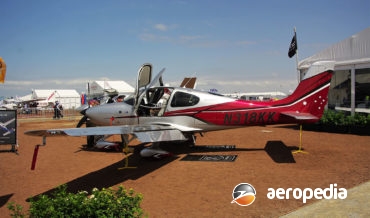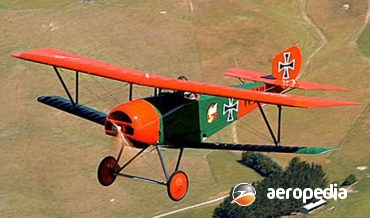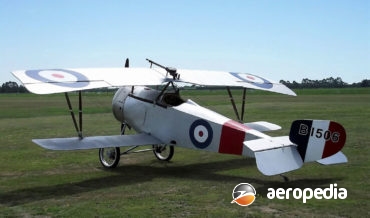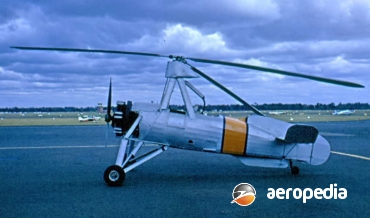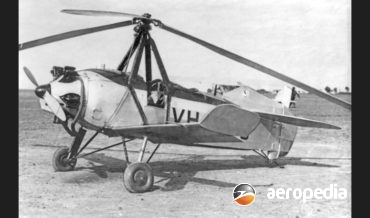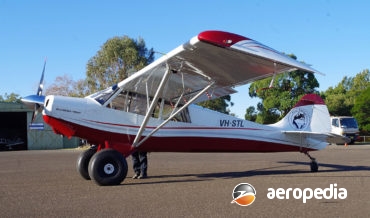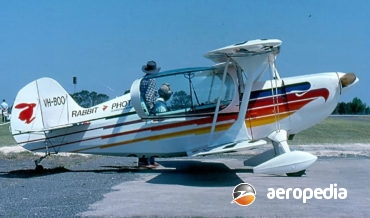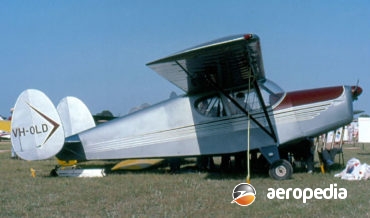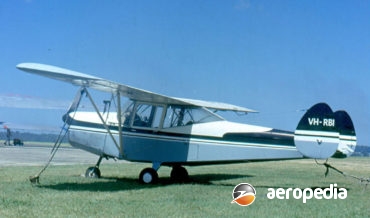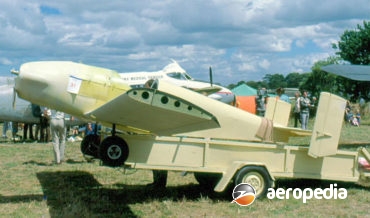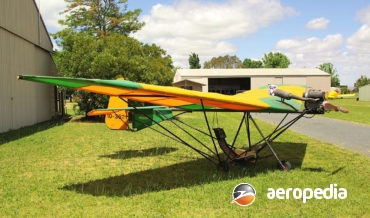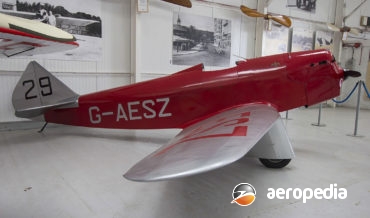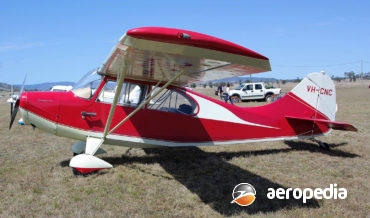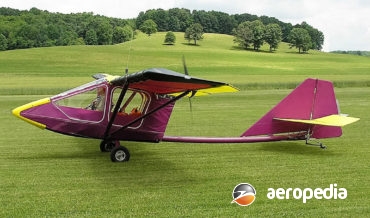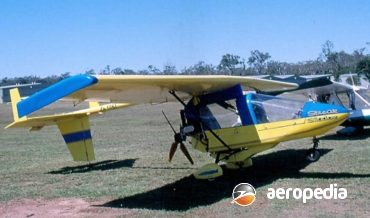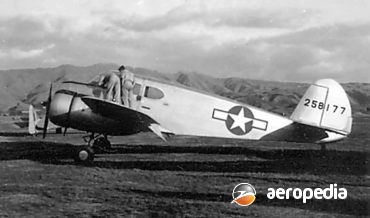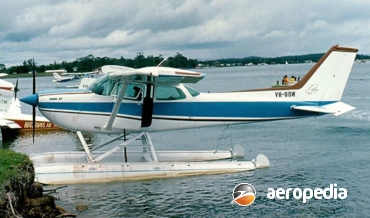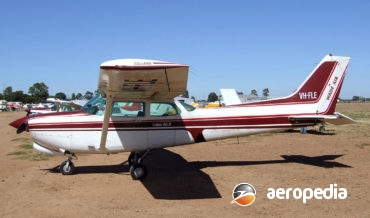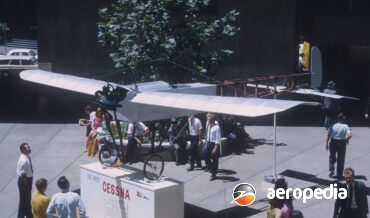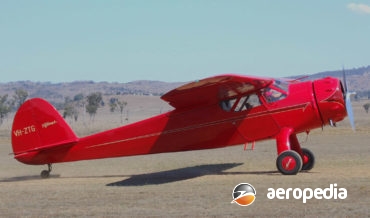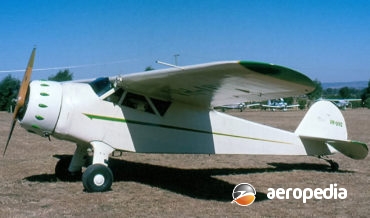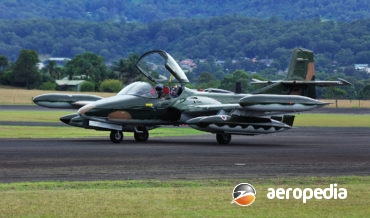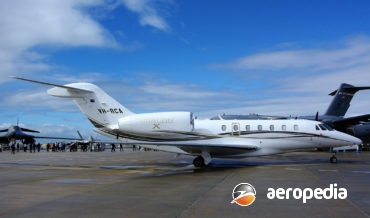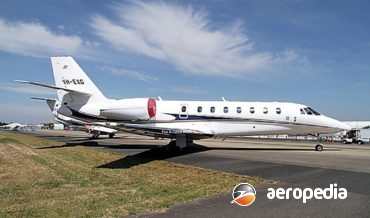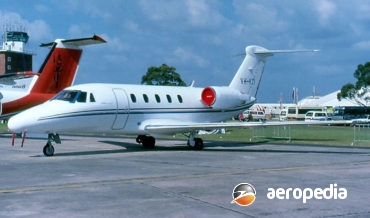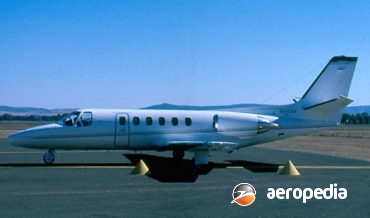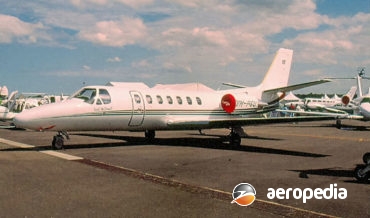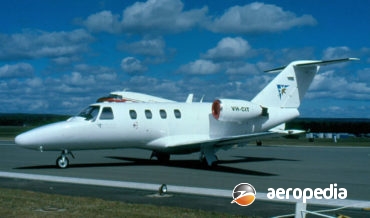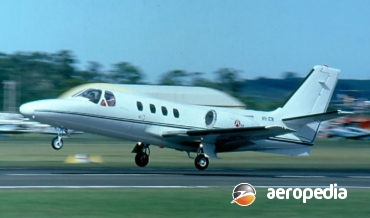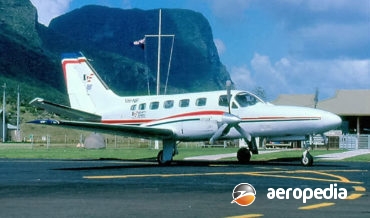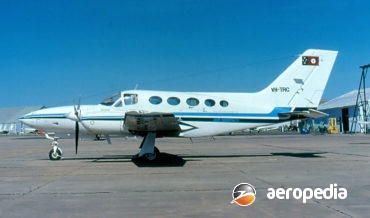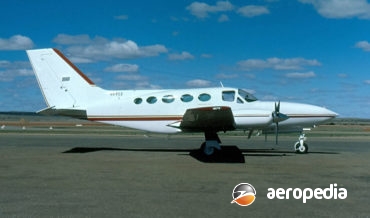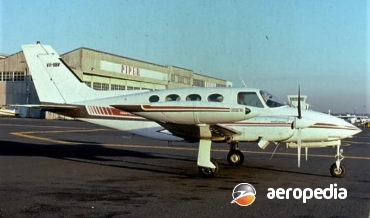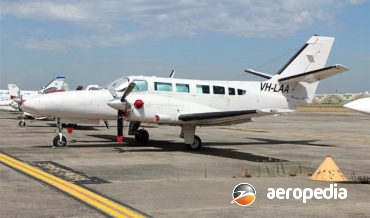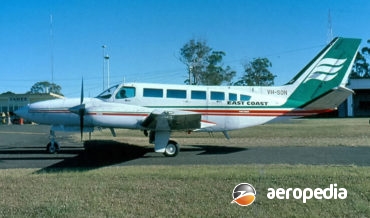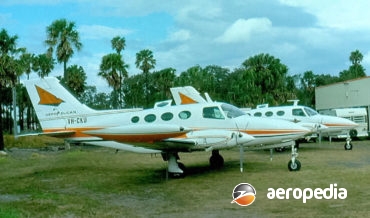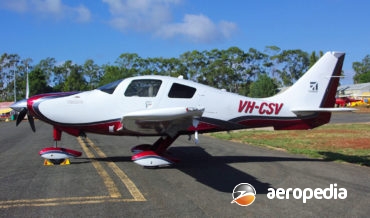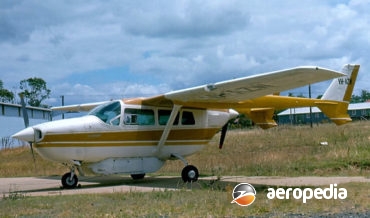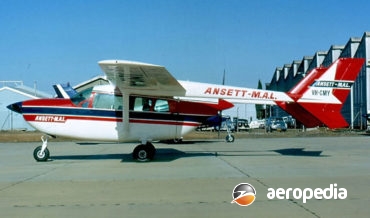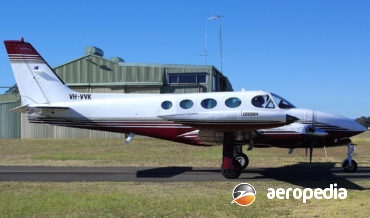All Contents
Contents
On 24 February 2015 Cirrus Aircraft launched a variant of the SR22 specifically tailored to Australian conditions. Called the Australis the first example of the aircraft (N318KK) flew into Australia in mid-February 2015 and was placed on display at the Australian International Airshow at Avalon.
David C. Eyre
- May 17, 2019
Circa Reproductions in Canada is a company which produces plans to build 87-percent scale World War I aircraft, the aircraft design being produced by Graham Lee of Lamont, Alberta.
David C. Eyre
- May 17, 2019
Circa Reproductions in Canada is a company which produces plans to build 87-percent scale World War I aircraft, the aircraft design being produced by Graham Lee of Lamont, Alberta. Leading Edge Air Foils, based at Peyton in Colorado for a time provided construction kits for the designs.
David C. Eyre
- May 17, 2019
Following upon the success of the C.19 series, development continued. In 1932 the Pitcairn Autogyro Company in the USA developed a satisfactory method of starting the rotor with a clutch and engine-drive mechanism, and this system was incorporated in the C-19 Mk IV.
David C. Eyre
- May 17, 2019
Don Juan de le Cierva, the Spanish inventor of the first practical rotating wing, worked for many years on the development of autogyros his work only ceasing with his tragic death in an air crash in 1936.
David C. Eyre
- May 17, 2019
The Husky is a development of the Piper Super Cub produced by Aviat Inc of Wyoming, USA. Designed to FAR 23 standards, and certified in 1987, it is powered by a 134-kw (180-hp) Lycoming engine driving a constant speed propeller, this giving superior performance to that previously available with the
David C. Eyre
- May 17, 2019
The Eagle is a high-performance biplane produced in kit form by Christen Industries Inc of Afton in Wyoming, USA. Designed for advanced aerobatic training and comfortable cross-country flying, it is also able to meet the requirements of competition standard aerobatics, having a maximum roll rate of 204 degrees per second,
David C. Eyre
- May 17, 2019
Chrislea commenced construction of its CH-3 Ace (G-AKFD), designed by R C Christophorides, at Heston in 1946, this initially being a high-wing cabin monoplane with a single fin and rudder and a tricycle undercarriage, having an unusual control system with a single wheel on a universal joint replacing the conventional
David C. Eyre
- May 17, 2019
Designed by R C Christophorides, the CH-3 and CH-4 series of light sporting aircraft was initially developed at Heston, UK, by the Chrislea Aircraft Co Ltd. The series was a development of the Chrislea LC-1 Airguard (G-AFIN) produced prior to World War II.
David C. Eyre
- May 17, 2019
Design of the Mini Coupe commenced in 1968, the first flight of the prototype taking place in September 1971. In June the following year it received its US FAA Certification in the Experimental Category and the designers in Hillsboro, Oregon subsequently began the sale of kits of components and materials,
David C. Eyre
- May 17, 2019
The Weedhopper was a high-wing ultralight aircraft fitted with an engine in the tractor configuration, a tricycle undercarriage, and with two-axis control. It was initially developed by John Chota in the late 1970s during the boom in ultralight aircraft and was introduced to the market in 1977.
David C. Eyre
- May 17, 2019
One of the earliest homebuilts, the DW-1 was designed by Messrs Dalrymple and Ward in 1937 as an easy to build and operate light aircraft with good performance.
David C. Eyre
- May 17, 2019
The Champion series of aircraft was introduced in 1946 by the Aeronca Manufacturing Corporation and subsequently it and a number of other manufacturers developed the design in various models, with various power plants.
David C. Eyre
- May 17, 2019
The Hawk series of light aircraft was designed by CGS Aviation Inc of Broadview Heights, Ohio, formerly Chuck’s Glider Supplies, the first machine being made available in 1980, as a single-seat light sporting aircraft which could be made available in kit form.
David C. Eyre
- May 17, 2019
The Streak and Shadow light aircraft were produced by the Cook Flying Machine Company (CFM) in the United Kingdom and have been a sales success, with examples sold to more than 36 countries around the world, including New Zealand and Australia.
David C. Eyre
- May 17, 2019
Affectionately known as the Bamboo Bomber, cloth moth, and double breasted Stearman, the Cessna Bobcat, known as the Crane in RCAF service, was built by the Cessna Aircraft Company at Wichita, Kansas, some 5,402 examples being completed.
David C. Eyre
- May 17, 2019
The Hawk XP was designed and developed to meet customer demand for a more powerful version of the Model 172 Skyhawk. Introduced into the Cessna range during 1977, the Hawk XP offered a higher performance with considerably more power, but still remained moderately priced on the market.
David C. Eyre
- May 17, 2019
The Cutlass RG was introduced to the Cessna range in late 1979 (although described as a new model for 1980) as a variant of the Model 172 Skyhawk with a retractable undercarriage, in order to compete with the very successful Piper Cherokee Arrow, a variant of the Cherokee with a
David C. Eyre
- May 17, 2019
In 1911 Clyde Cessna, a skilled automotive engineer, journeyed to New York where he bought an engineless Bleriot monoplane from the Queens Airplane Company (New York) licensee for the Bleriot company. Into this he installed a 45-kw (60-hp) four cylinder liquid-cooled Elbridge engine in his home state of Oklahoma, but
David C. Eyre
- May 17, 2019
The Cessna C165 was a development of the earlier Models C-37 and C-38 produced by the Cessna Aircraft Co at its Wichita, Kansas facility shortly before the commencement of World War I. It was the culmination of the development of the Super Scarab powered series, and was a stylish, clean,
David C. Eyre
- May 17, 2019
The first Cessna Model C-34 was completed in June 1935 at Cessna’s Wichita, Kansas, plant, and shortly thereafter it was entered in the All Kansas Tour (1,609 km -1,000mile) when it easily won a 40 km (25 miles) free-for-all race. Fitted with a Warner Super Scarab engine, the Model
David C. Eyre
- May 17, 2019
In 1953 the Cessna with its Model 318 won a design competition for production of a two-seat side-by-side jet trainer for the USAF powered by two Continental J-69 engines, these being Americanised versions of the French Turbomeca Marbore. Two prototypes were built with the designation XT-37, the first flying
David C. Eyre
- May 17, 2019
The Cessna 750 Citation X series was announced in October 1990, at the US NBAA annual conference, testing of the engine taking place initially on a citation VII testbed (N650) in August 1992.
David C. Eyre
- May 17, 2019
The Cessna Sovereign was designed as a mid-size corporate business aircraft aimed at replacing aircraft such as the Falcon 10, Westwind and Sabreliner in the market.
David C. Eyre
- May 17, 2019
Although receiving the designation “Citation” in the Cessna corporate jet series, the Citation II was a completely new design which had no commonality with the earlier series,
David C. Eyre
- May 17, 2019
Continued development by Cessna produced the Citation II, which was larger, faster, climbed more quickly, cruised at higher altitudes, and ranged further than earlier Citation models.
David C. Eyre
- May 17, 2019
The Cessna 560 Citation series was introduced to the Cessna range at the BBAA convention in New Orleans in 1987, theprototype Citation V (N560CC) flying in August that year. The largest of the straight wing members of the Citation series, it has been produced in three models, the Citation
David C. Eyre
- May 17, 2019
The Cessna 525 CitationJet was announced at the National Business Jet Association convention in 1989 as the company’s replacement for the Cessna 500 Citation and Citation I series and the first flight of the prototype (N525CJ) was made on 29 April 1991, the second prototype flying on 20 November that
David C. Eyre
- May 17, 2019
On 7 October 1968 Cessna unveiled a full-scale mock-up of a new eight-seat pressurised executive jet aircraft, known as the Fanjet 500 to delegates at that years National business Aircraft Association convention at Houston, Texas. The aircraft was designed to operated from most airfields used by light and medium twin-engined
David C. Eyre
- May 17, 2019
The first turboprop business aircraft added to the Cessna range, the Conquest was designed as an intermediate-sized aircraft between the company’s piston-engine twins and the turbofan-power Citation series. The prototype flew for the first time on 26 August 1975, and the first production machine was delivered on 24 September 1977.
David C. Eyre
- May 17, 2019
Designed as a replacement for the Cessna 411, the prototype of the Model 421 was flown for the first time on 14 October 1965. The maindifferences between the 421 and the 411 were the up-rated engines and pressurised cabin of the new model, thus permitting it to cruise at
David C. Eyre
- May 17, 2019
On 10 December 1969 Cessna announced it was introducing a new pressurised twin-engine aircraft known as the Model 414 and this aircraft combined the basic fuselage and tail unit of the Model 421 with the wing of the Model 401 fitted with two Continental TSIO-520-J turbo-supercharged engines driving three-blade constant-speed
David C. Eyre
- May 17, 2019
In 1965 the Cessna 411 was introduced to the Cessna range as a twin-engine executive aircraft to compete again the Beechcraft Queen Air and the Aero Commander series. One of Cessna’s first ventures into the commuter aircraft market, the aircraft had the cabin separated from the passenger compartmentby a divider,
David C. Eyre
- May 17, 2019
The Model 406 Caravan II was developed as a joint venture between Cessna and its French associate, Reims Aviation, for the utility market. Reims has built over 6,000 Cessna-designed aircraft over the years and it was initially a joint concern but in 1989 Cessna sold its interest to the
David C. Eyre
- May 17, 2019
Following commencement of delivery of production aircraft late in 1976, the Model 404 Titan was offered in a range of variants designed specifically to meet the needs of businessmen and commuter airlines which required a large twin-engine aircraft with normally aspirated engines rather than turbines.
David C. Eyre
- May 17, 2019
The prototype Cessna 401 was flown for the first time on 26 August 1965. Designed as a lighter and cheaper version of the Cessna 411, the 401 was aimed at the business and executive market but, in its developed form, the type was used in the commuter airliner role.
David C. Eyre
- May 17, 2019
Following the success of the Neico Lancair series of kitplanes, Lance Neibauer designed a production certificated aircraft based on the four-seat Lancair ES and set up a separate company to build and market the new type. First in the series became the Colombia 300.
David C. Eyre
- May 17, 2019
The Cessna Model 337 Super Skymaster series was introduced to the company’s range in February 1965 to replace the Model 336 on the production line. It continued the centre-line thrust concept of the previous model, and bore a close resemblance to that aircraft.
David C. Eyre
- May 17, 2019
Introduced into the Cessna range of aircraft in 1963, the Model 336 Skymaster was unique at that time amongst business light twin-engine aircraft as it had a tractor engine in the nose
David C. Eyre
- May 17, 2019
Development of the Cessna 340 series was initiated in 1969 but, because the prototype was lost during test flying in 1970, trials were delayed and deliveries of production
David C. Eyre
- May 17, 2019
Recent Comments
Archives
Categories
- No categories
Categories
- No categories
Latest Posts
Newsletter

